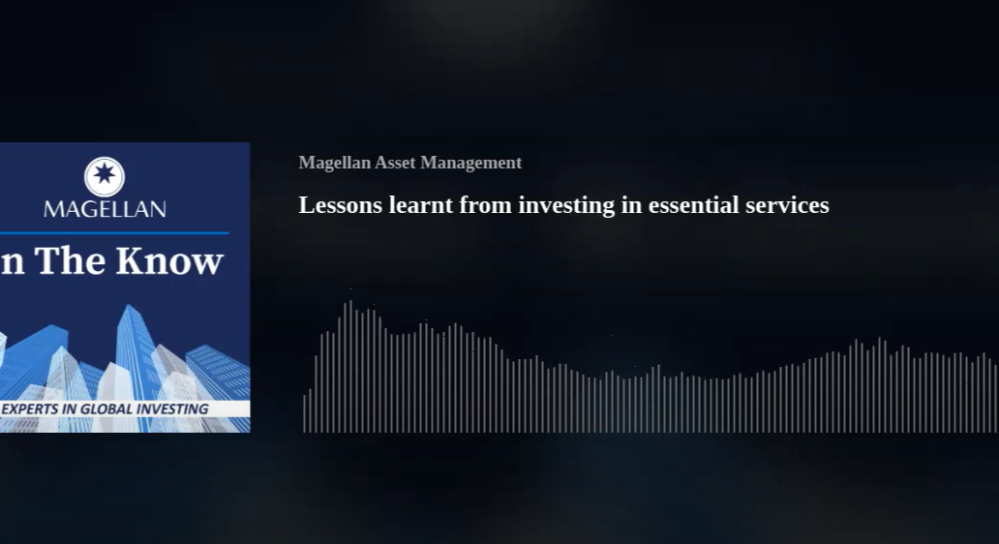by Brett McNeill – Portfolio Manager
What happened in the US banking sector?
In March, two US banks – Silicon Valley Bank (SVB) and Signature Bank – collapsed as the impact of rising interest rates revealed some problems in the regulation and risk management of the US banking sector.
The US banking system is highly fragmented, with many small or regional banks that are not as well-regulated as many other global jurisdictions.
The most pressing issue, evident with SVB, was the highly concentrated deposit base, most of which came from technology companies. Diversification is a key principle of managing risk, and it also applies to bank deposit bases. The problem with a highly concentrated deposit base is that the deposits can all leave at the same time if there is an issue for the bank, or within a sector such as the tech sector for SVB.
SVB used its deposits from technology companies to invest in higher-returning assets such as longer-duration bonds. These were accounted for as hold-to-maturity securities, which means the mark-to-market (the adjusted value of the asset to reflect current market conditions) fell significantly as interest rates increased.
As concerns about SVB’s health emerged within the technology industry, a lot of the tech companies grew nervous and depositors withdrew their money. A classic contagion “bank run”.
Australia’s banks are different
Compared to banks in the US and many other developed countries, the major Australian banks are better regulated, better capitalised, better managed, and have greater diversification among their depositors. Consequently, they’re less risky for deposit holders and less risky for equity investors; they’re a much sounder, fundamentally superior proposition.
As an example of the better regulation of the Australian banks, our banks are required to regularly report a liquidity coverage ratio to the regulator, APRA (Australian Prudential Regulation Authority). Part of that requires the Australian banks to estimate how much of their deposit base could leave in a highly stressed scenario. Based on that estimate, the Australian banks must hold an equivalent amount in what are called high-quality liquid assets to cover the potential deposit flight under the stress scenario. The banks then hold a buffer above the required amount.
On average, the Australian banks hold about $130 of high-quality liquid assets for every $100 that they estimate could leave their bank in a highly stressed scenario. That’s a big difference between our banks and the situation at SVB.
Among the high-quality liquid assets that Australian banks are required to hold, are short-term government bonds and deposits with the RBA (Reserve Bank of Australia). In contrast, SVB held longer-duration securities, which, by definition, are not liquid assets. Hence SVB didn’t have the cash or cash equivalents to cover its deposit outflow. SVB had to sell those longer-duration securities at a loss, which worsened its capital position.
Under APRA’s supervision, the Australian banks are required to mark-to-market the changing value of their high-quality liquid assets. What this means is that you can’t have these kinds of problems negatively impacting the balance sheet going undetected, which is what happened in the US.
Our banks are more attractive now
Our portfolio already has a good weighting in the Australian banks, and they’re a very good source of income.
None of the major Australian banks suffered a sizeable or material outflow of deposits as a result of what occurred in the US, but share prices were impacted as global markets became nervous about the banking sector.
The Australian banks were sold off roughly by 10-15 per cent as they were swept along with the negative sentiment and risk-off mood of investors. This sell off, we believe, made our major banks a more attractive investment proposition. They have a superior capital position, liquidity, regulation and they offer decent fully franked dividend yields.
AFI invests in a diversified portfolio primarily of ASX-listed Australian equities and aims to provide shareholders with attractive investment returns through access to a growing stream of fully franked dividends and enhancement of capital invested over the medium to long term.













